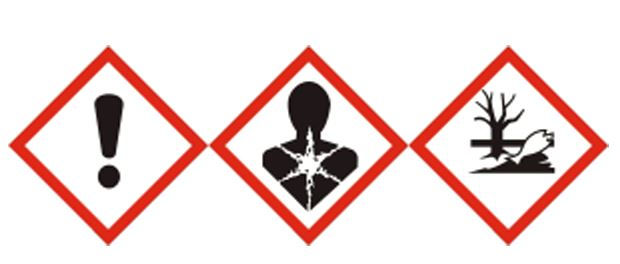Growth of Direct to Garment
- Terry Clayton

- Nov 6, 2020
- 1 min read
Updated: Feb 10, 2023
Prior to the pandemic direct to garment (DTG) was predicted to grow at 10% annually through 2023. This will continue with the ability to shop online and consumer demand for personalization. Sublimation drives the lion's share for polyester and synthetics with water based pigment supporting natural fibers like cotton.
There are number of DTP printers from entry level to mass production manufactured by companies such as Kornit, Epson, Brother and DTG.
The entry level Kornit Breeze, for example has an onboard pretreat, white and colors for white as well as colored t-shirts.

The onboard pre-coat system applies a weak organic acid solution. This helps with bleed control and keeps the white ink (or color) layer on the surface of the garment. Following the white, the inks are jetted to make the final image and the garment is then baked to set the ink.
Besides the advantage of the quick turn, fast fashion, this is also a "waterless process". Compared with traditional textile printing, there is essentially zero waste water generated and a significant step forward in terms of sustainability initiatives.
DTG is not without its challenges as different substrates require process development to achieve optimal fastness properties.
The growth of digital printing into traditionally analog industries has been exciting to follow over the last 20 years and it does not appear to be ending any time soon!






Comments